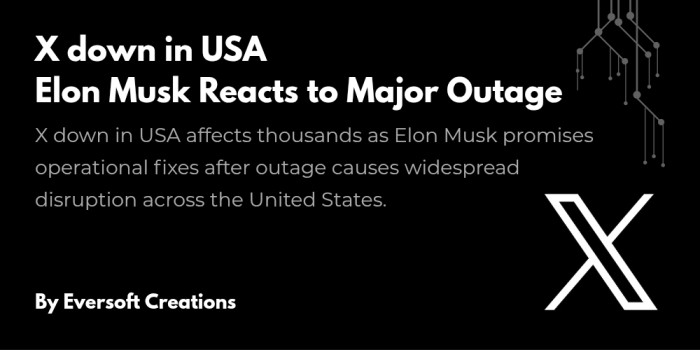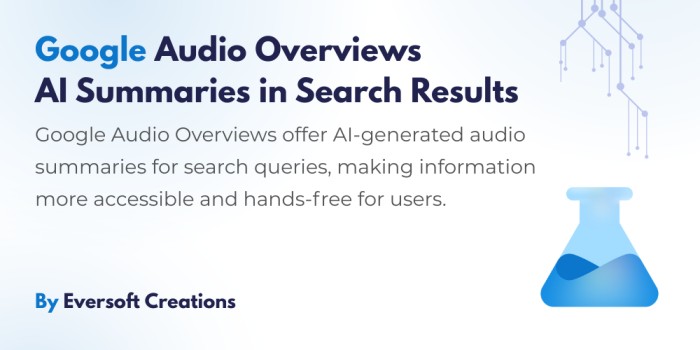The world of programmers is changing fast whereby vibe coding is becoming one of the most revolutionary software developments of this century. Vibe coding brings artificial intelligence (AI) in its use to another level as the world as we know it is becoming more and more reshaped through using artificial intelligence to write, test and deploy code. Vibe coding is an emerging technology that promises to make programming more natural, quicker, and easier than ever before since it lets developers create entire codebases based on a natural language application.
This blog post is an in-depth analysis of the so-called vibe coding and its principles, its mechanics, and reasons why it is hype. Also, it will discuss the implications of vibe coding in the future of software engineering.
What is Vibe Coding?
Vibe coding A relatively new approach to software development is vibe coding: one that involves the programmer code-writing in plain, natural language prompts to detail the desired functionality of the system, and thereafter, AI models, and large language models (LLM) in particular, automatically compute the code. It is a term commonly used by AI guru Andrej Karpathy in early 2025, which is rapidly becoming the lingo within tech circles.
Instead of developers carefully syntactically defining down to the very detail by the writer what to build, as in traditional coding, vibe coding is carrying through the intention or vibe of what to build. The procedure resembles asking to create a page with two graphs (user growth and sales) and then seeing an AI tool do it and produce a full-fledged dashboard.
The Origin of Vibe Coding
The idea of vibe coding did not come in a night. It is the result of a decade of work and innovations in machine learning, specifically in natural language processing (NLP), and generative models. The breakthrough consisted in the fact that the LLMs such as the OpenAI GPT-4, Google Gemini, and Anthropic Claude started to show the ability not only to autocomplete code but to reason the way through complicated programming tasks.
A casual tweet by Karpathy which labeled software as created on a vibe basis, became popular and the term became common. At that point, programmers and scientists started adopting the term to refer to a style of addressing a problem such that the vibe (not the coding itself) is the major input variable.
How Vibe Coding Works
Vibe coding is based on the world-class LLMs which are trained on billions of lines of code and natural language. This is what a general vibe coding workflow can look like:
- Prompt Input:The user types a natural language of what they desire as in the example case of building a page that allows login using Google OAuth and password reset then types in: Build a login page with Google OAuth and password reset.
- AI Interpretation: The LLM reads the prompt, reads the meaning, and comports the needed elements (HTML, CSS, backend auth, APIs).
- Code Generation: It will generate the code in the concerned frameworks or languages (React on the frontend, Node.js on the backend, etc.).
- Execution and Feedback: The developer executes the code, gives some feedback, and then maybe reminds the AI to implement some changes or refinements.
It’s iterative, conversational, and highly efficient.
Benefits of Vibe Coding
With the emergence of vibe coding comes a whole lot of advantages:
Rapid Prototyping
Developers can take ideas to working prototype within minutes and this drastically cuts time-to-market.
Focus on Logic, Not Syntax
Vibe coding enables the developers to spend their time on conceptual product thinking, architecture, and logic without getting lost in the syntax.
Lower Barrier to Entry
Product managers, and even non-coders are new software developers who can start contributing to the creation of software through intuitive prompts.
Boosted Productivity
Automation would save time of hours spent in boilerplate, layout generation and data fetching.
Challenges and Risks
Notwithstanding all that, vibe coding does not go without limitations:
Security Vulnerabilities
A code that was produced may induce security vulnerabilities or incorporate stale bundles, most especially when not audited satisfactorily.
Code Quality and Maintainability
Unless directed, AI code may not be documented, modular or optimized in performance.
Misinterpretation
There are some cases where AI will fail to understand ambiguous or vague prompts leading to inaccurate or faulty code.
Overreliance
This can lead to the developers being over reliant on vibe coding and forgetting how to code.
Vibe Coding vs Traditional Programming
| Feature | Vibe Coding | Traditional Programming |
| Input Method | Natural Language | Strict Syntax |
| Speed | Very High (for simple tasks) | Moderate to Slow |
| Customizability | Requires prompt iteration | Highly customizable |
| Learning Curve | Low for beginners | High, especially for complex systems |
| Maintenance | Requires review of AI output | Fully controlled by developer |
The Role of AI in Vibe Coding
Vibe coding is completely powered by AI. The majority of the available vibe coding tools are based on transformer-based LLMs, trained on:
- GitHub repositories
- Stack Overflow Q&A
- API documentation
- Open-source libraries
- Natural language usage patterns
Modern models do not simply implement autocomplete code, but perceive the context, think by the means of instructions, and create entire systems.
Key AI players enabling vibe coding include:
- OpenAI (ChatGPT, Codex)
- Google DeepMind (Gemini models)
- Anthropic (Claude)
- Mistral and Meta (for open-source LLMs)
Tools and Platforms Supporting Vibe Coding
Some of the platforms are embedding vibe coding into the work of developers:
- GitHub Copilot: delivers inline code tips and finishes.
- Cursor IDE: An AI powered next-gen IDE based on code generation, bug fixing and refactoring.
- Replit Ghostwriter: an AI-writing assistant baked into Replit cloud IDE.
- Amazon CodeWhisperer: LLM used to generate code developed by AWS.
- Google Gemini on Colab: allow multi-modal (text, image, audio) input to perform coding tasks.
Use Cases in Modern Development
Mobile App Prototyping
Create layouts very fast, connect with Firebase and add authentication all with prompts.
Web Dashboard Creation
Accessible features such as layout to build interactive UIs with frameworks such as React, Vue, or Svelte merely by describing layout requirements.
Data Visualization
Create charts and analytics dashboards whose layouts can be stipulated by the datasource and the purpose of a given visualization goal.
Testing Automation
Automate the writing of unit and integration tests of generated components.
Legacy Code Refactoring
AI can be used to study, summarize, and refactor upon antique code bases and render them more promising.
Future of Vibe Coding in the Industry
The future of vibe coding is very strong. As models become more context-aware and intelligent we anticipate:
- Full-stack generation: generate database schema to frontend UI at once.
- Speech based development: Convey your app with your voice.
- Visual to code: transform UI wireframes to working React/Vue/Flutter elements.
- Live debugging agents: AI able to discover, explain and repair bugs in running apps.
Vibe coding has the potential to fundamentally transform people creating low-code and no-code solutions within the enterprise, by taking the development cost of internal tools to levels as low as they are on the web, automating routine coding tasks, and empowering non-developers to create solutions. Nevertheless, generalization will demand some new learning paradigms, strong principles of AI safety as well as improved human-AI cooperation practices.
Conclusion
Vibe coding is not more than a buzzword as there is a paradigm shift in terms of how we approach programming. Vibe coding reduces the gap between studying and practicing and, thus, simplifies cooperative and fast software development.
Although it is not yet ready to displace the traditional developers, it is definitely going to become a formidable co-pilot in the software development journey. It will be critical how responsibly it is used, how safe, optimised and easy to maintain code is, and how further solid foundations are continued to be built on top of this potent new paradigm.
Visit Eversoft Creations for more tech related updates.



